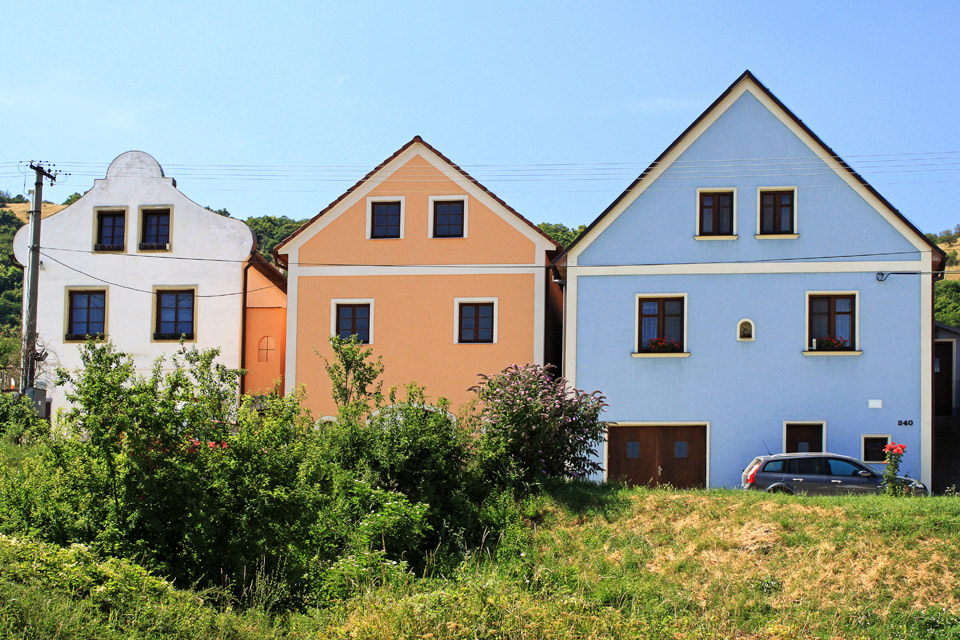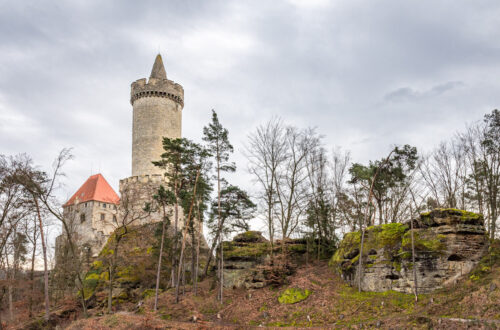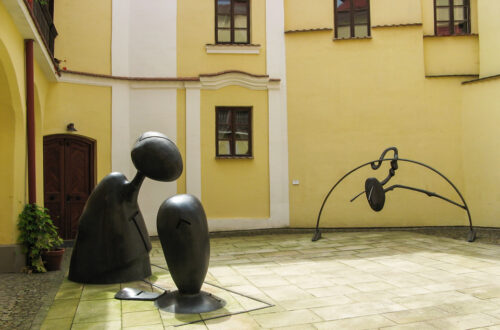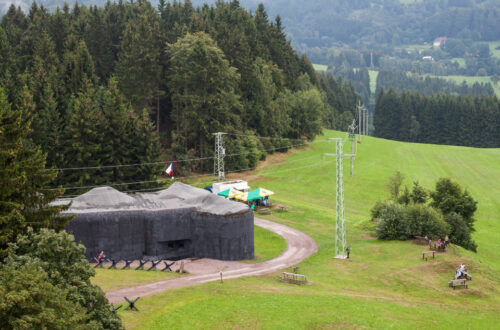Pálava hills
Last summer, during our stay in South Moravia, we visited Pálava.

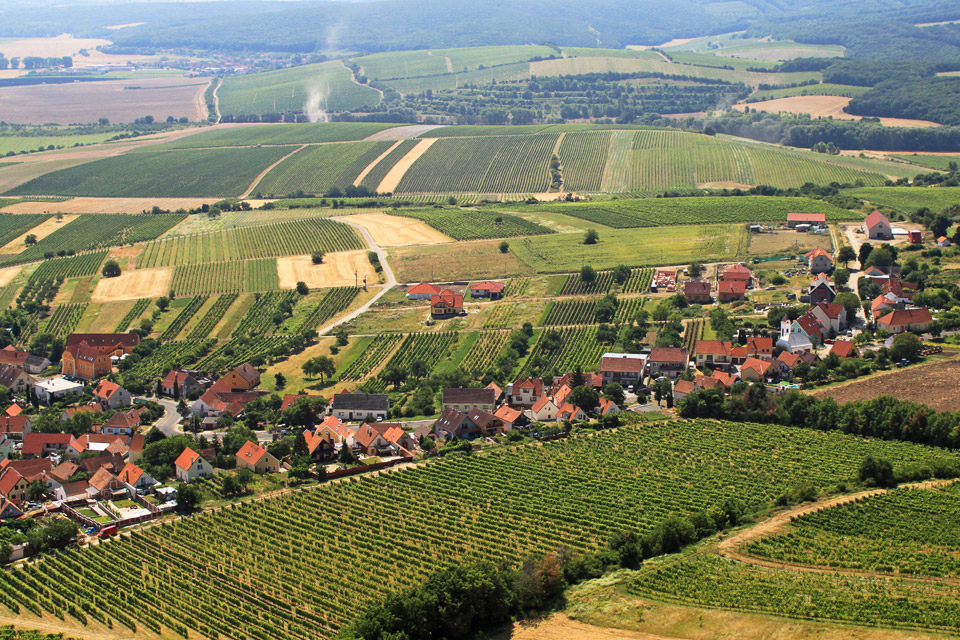
Pálava belongs to the longest settled areas of the Czech Republic where remnants of prehistoric camping sites of mammoth hunters were discovered as well as a world-known ceramic figure of “The Venus of Dolní Věstonice”, a nude female figure with large breasts and wide hips. The figure was found in ash in a Palaeolithic site by Dolní Věstonice in 1925 and is dated to 29,000 – 25,000 BCE. It belongs to the oldest examples of ceramic articles worldwide.
In 1976, Pálava was declared a protected landscape area and 10 years later in 1986 also UNESCO biosphere reserve.
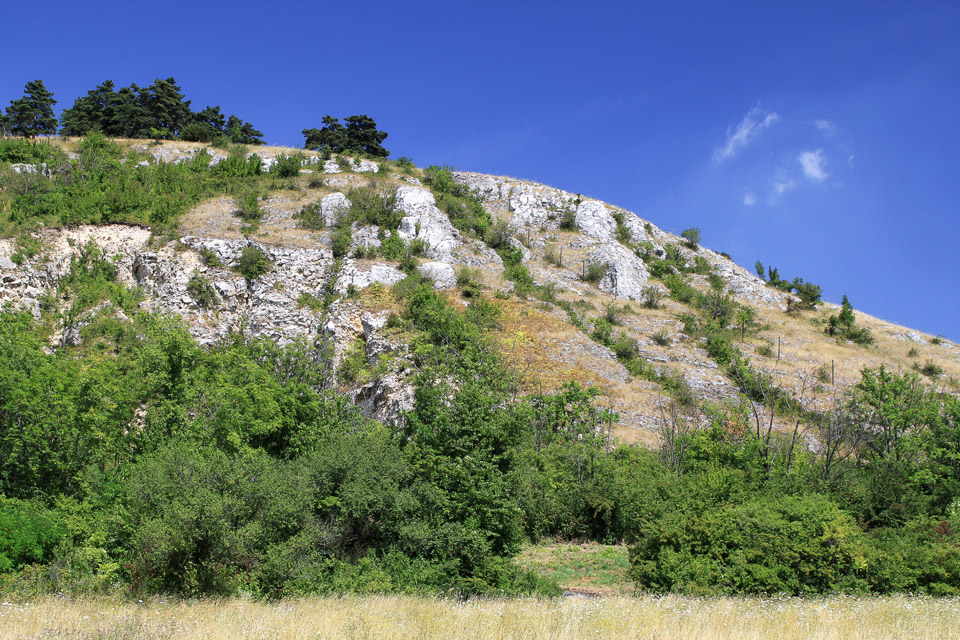


It is a unique area rich in variety of flora and fauna, exceptional in the Czech Republic due to combination of a dry and warm climate of the South Moravia and a limestone bottom layer. Perhaps best known it is for extensive grapevine growing, wine production and popular wine cellars.
Pálava includes also other small-scale protected areas, most valuable of them situated on the main range of the Pálava Hills, with the highest hill of the range Děvín (550 meters above sea level).
Děvín was our destination so one morning we arrived at the town Pavlov…
…where we left our car and started our trip. First we headed for ruins of a Děvičky castle situated at the top of the hill. The castle was built in the 14th century and destroyed by Swedish army during The Thirty Years’ War in the 17th century.
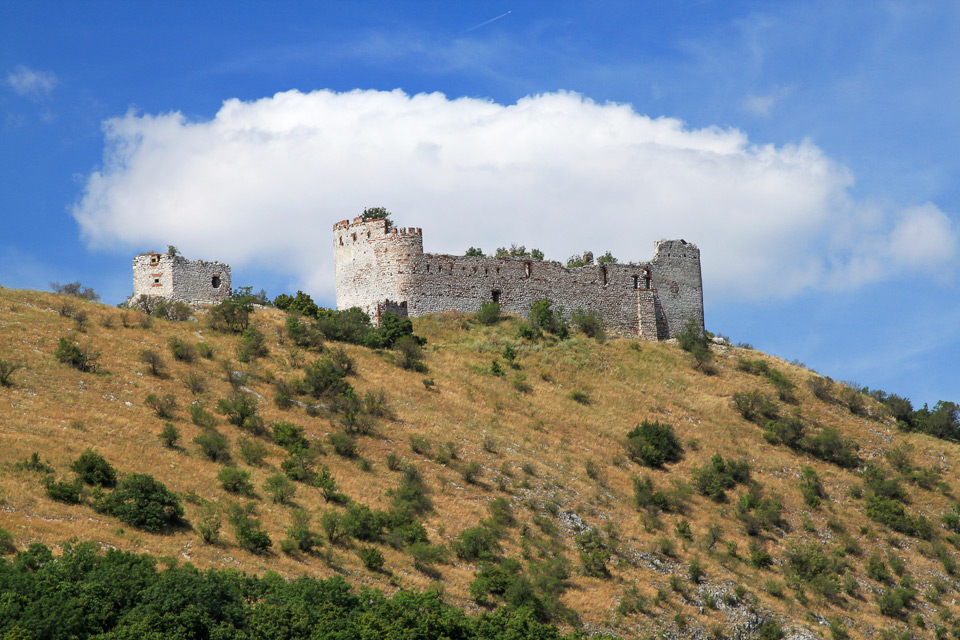
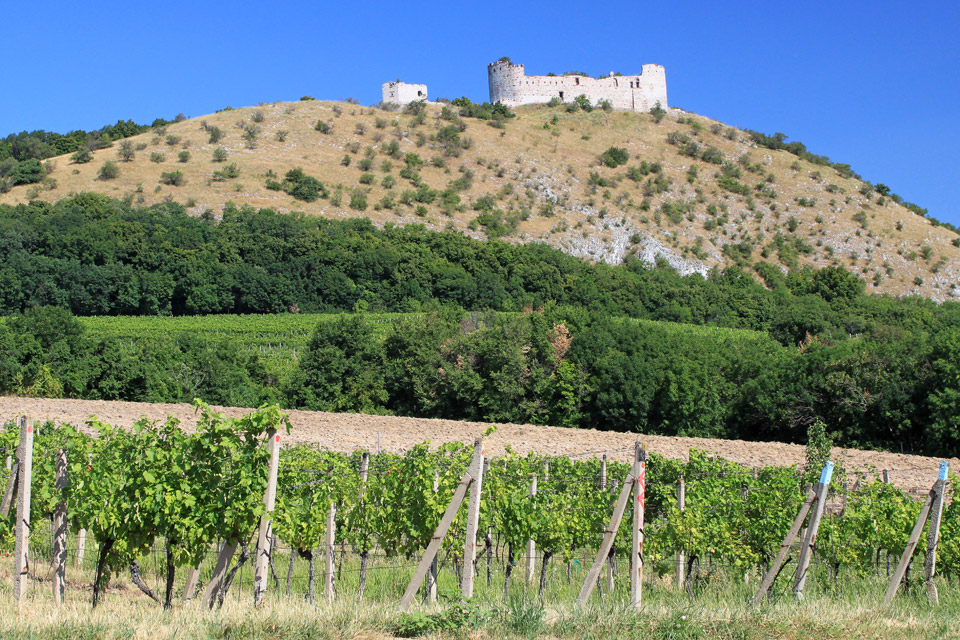
We were rewarded for quite a steep ascent with a wonderful view of vineyards and a large “Nové Mlýny” reservoir.


Then we followed a marked tourist path around the hill which took a few hours.
I wish we were there not on a hot summer day but in late spring when there are many flowers to be seen and the walk is surely much more refreshing. On the other hand, the vineyard sceneries looked wonderful, one can’t have it all at once.


